Quantum technologies in space for
new physics discoveries
The goals of fundamental physics research are to discover and explore the physical laws governing matter, space, and time. We are seeking the most basic set of physical laws that explain the Universe and also predict behavior within it. While present physical theories provide an excellent description and well as prediction of many physical phenomena, most (over 95%) of the Universe’s composition is unexplained – a “dark matter” and “dark energy” of unknown origin.
Why to search for new physics in space?
Need to be away from Earth surface
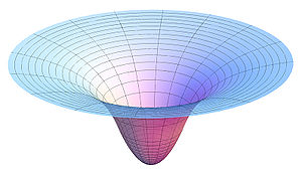
- Tests of gravity
- Search for dark energy and some dark matter (screening effects on Earth )
- Tests of fundamental postulates (WEP, LLI)
- Optical time transfer to link Earth clocks

Need access to variable gravitational potentials
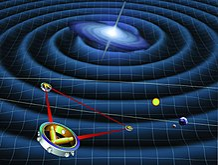
Need long baselines: gravitational wave detection, dark matter (especially transients), dark energy
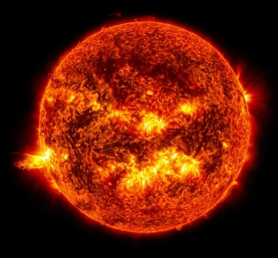
Sun: Dark matter halo bound to the Sun
Extreme overdensities possible
Moon: laser ranging, low seismic activity,
permanent cryogenic environment
Asteroids: test masses
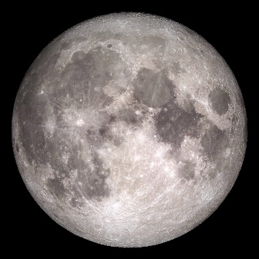
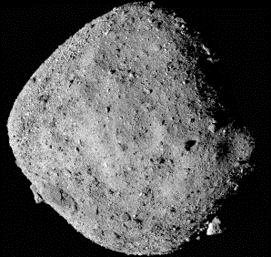
Image credits: NASA, Wikipedia
Some of the most important questions of fundamental physics can be answered only in the unique environment of space. Space provides a unique platform of exploration away from Earth’s gravity, access to a variety of variable gravitational potentials, and enables experiments needing baseline distances beyond Earth scale. The Moon provides a unique combination of very low seismic backgrounds, vacuum, and a permanent cryogenic environment. Other Solar system objects, including asteroids, could provide access to unique fundamental physics explorations.
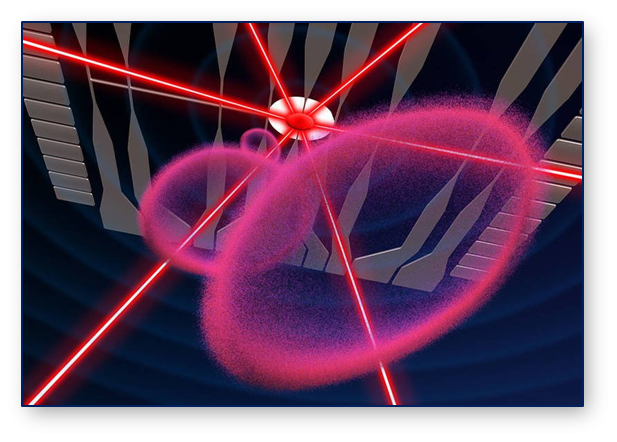
Cold Atom Lab illustration.
Image Credit: NASA/JPL-Caltech/MSSS
The last decade has seen revolutionary developments in quantum technologies, particularly those related to our ability to precisely control quantum states of photons, atoms, and molecules. These advances lead to the development or drastic improvements of a plethora of quantum sensors (optical atomic clocks, atom interferometers, and many others), opening completely new and unexpected avenues for probing the fundamental nature of the Universe. Some of the quantum technologies are becoming mature, demonstrated outside of the laboratory environment, and ready for space qualification.
Recent research highlights
Detection of Bosenovae with Quantum Sensors on Earth and in Space

In a broad class of theories, the accumulation of ultralight dark matter (ULDM) with particles of mass 10-22 eV < m < 1 eV leads to the formation of long-lived bound states known as boson stars. When the ULDM exhibits self-interactions, prodigious bursts of energy carried by relativistic bosons are released from collapsing boson stars in bosenova explosions. We extensively explore the potential reach of terrestrial and space-based experiments for detecting transient signatures of emitted relativistic bursts of scalar particles, including ULDM coupled to photons, electrons, and gluons, capturing a wide range of motivated theories.
Detection of Bosenovae with Quantum Sensors on Earth and in Space, Jason Arakawa, Joshua Eby, Marianna S. Safronova, Volodymyr Takhistov, Muhammad H. Zaheer, submitted to Phys. Rev. D, arXiv:2306.16468 (2024).
Direct detection of ultralight dark matter bound to the Sun with
space quantum sensors
Recent advances in quantum sensors, including atomic clocks, enable searches for a broad range of dark matter candidates. The question of the dark matter distribution in the Solar system critically affects the reach of dark matter direct detection experiments. Partly motivated by the NASA Deep Space Atomic Clock and the Parker Solar Probe, we show that space quantum sensors present new opportunities for ultralight dark matter searches, especially for dark matter states bound to the Sun. Exceptional enhancements of DM density that can be enabled by bound halos present an opportunity for direct DM detection with clocks.

We propose a clock-comparison satellite mission with two clocks onboard to the inner reaches of the solar system, to both search for a dark matter halo bound to the Sun, and look for the spatial variation of the fundamental constants associated with a change in the gravitation potential. We show that the projected sensitivity of space-based clocks for detection of Sun-bound dark matter halo exceeds the reach of Earth-based clocks by orders of magnitude.
Direct detection of ultralight dark matter bound to the Sun with space quantum sensors, Yu-Dai Tsai, Joshua Eby and Marianna S. Safronova, Nature Astronomy 7, 113 (2023).
Our work in the news:
Using clocks to detect ultralight dark matter
Researchers say space atomic clocks could help uncover the nature of dark matter
Unveiling the Universe: In 4 New Studies, NIST Explores Novel Ways to Hunt Dark Matter
Researchers propose sending atomic clocks to space to uncover the nature of dark matter
UCI physicist proposes new experiment to detect dark matter in our solar system
Sending atomic clocks close to the sun could unlock the secrets of dark matter
Fundamental Physics with a State-of-the-Art Optical Clock in Space
Recent advances in optical atomic clocks and optical time transfer have enabled new possibilities in precision metrology for both tests of fundamental physics and timing applications. We propose a space mission concept that would place a state-of-the-art optical atomic clock in an eccentric orbit around Earth. A high stability laser link would connect the relative time, range, and velocity of the orbiting spacecraft to earthbound stations.
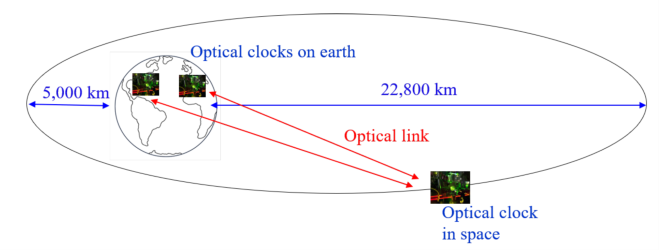
Schematic of the proposed mission to test FOCOS. A high-performance optical clock in an elliptical orbit around Earth is connected to ground optical clocks through a high stability optical link. Clock comparisons will enable tests of fundamental physics and provide an international clock reference for timing/geodetic applications.
The primary goal for this mission would be to test the gravitational redshift, a classical test of general relativity, with a sensitivity 30 000 times beyond current limits. Additional science objectives include other tests of relativity, enhanced searches for dark matter and drifts in fundamental constants, and establishing a high accuracy international time and geodesic reference.
Fundamental Physics with a State-of-the-Art Optical Clock in Space, Andrei Derevianko, Kurt Gibble, Leo Hollberg, Nathan R. Newbury, Chris Oates, Marianna S. Safronova, Laura C. Sinclair, Nan Yu, Quantum Sci. Technol. 7, 044002 (2022).
Other relevant publications
- Bosenovae with Quadratically-Coupled Scalars in Quantum Sensing Experiments, Jason Arakawa, Muhammad H. Zaheer, Joshua Eby, Volodymyr Takhistov, Marianna S. Safronova, submitted to JHEP, arXiv:2402.06736 (2024).
- Terrestrial Very-Long-Baseline Atom Interferometry: Workshop Summary, Sven Abend at al., AVS Quantum Sci. 6, 024701 (2024).
- OSIRIS-REx constraints on local dark matter and cosmic neutrino profiles, Yu-Dai Tsai, Joshua Eby, Jason Arakawa, Davide Farnocchia, Marianna S. Safronova, JCAP 02, 029 (2024).
- The Phenomenology of Quadratically Coupled Ultra Light Dark Matter, Abhishek Banerjee, Gilad Perez, Marianna Safronova, Inbar Savoray, Aviv Shalit, J. High Energ. Phys. 2023, 42 (2023).
- Snowmass 2021: Quantum Sensors for HEP Science – Interferometers, Mechanics, Traps, and Clocks, Oliver Buchmueller, Daniel Carney, Thomas Cecil, John Ellis, R. F. Garcia Ruiz, Andrew A. Geraci, David Hanneke, Jason Hogan, Nicholas R. Hutzler, Andrew Jayich, Shimon Kolkowitz, Gavin W. Morley, Holger Muller, Zachary Pagel, Christian Panda, Marianna S. Safronova, arXiv:2203.07250 (2022).
- Cold Atoms in Space: Community Workshop Summary and Proposed Road-Map, Ivan Alonso et al., EPJ Quantum Technol. 9, 30 (2022).
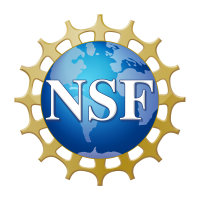
Supported by the National Science Foundation
QLCI-CI: NSF Quantum Leap Challenge Institute for Enhanced Sensing and Distribution Using Correlated Quantum States, NSF organizations: OMA and MPS Multidisciplinary Activities, Award Number # 2016244.
